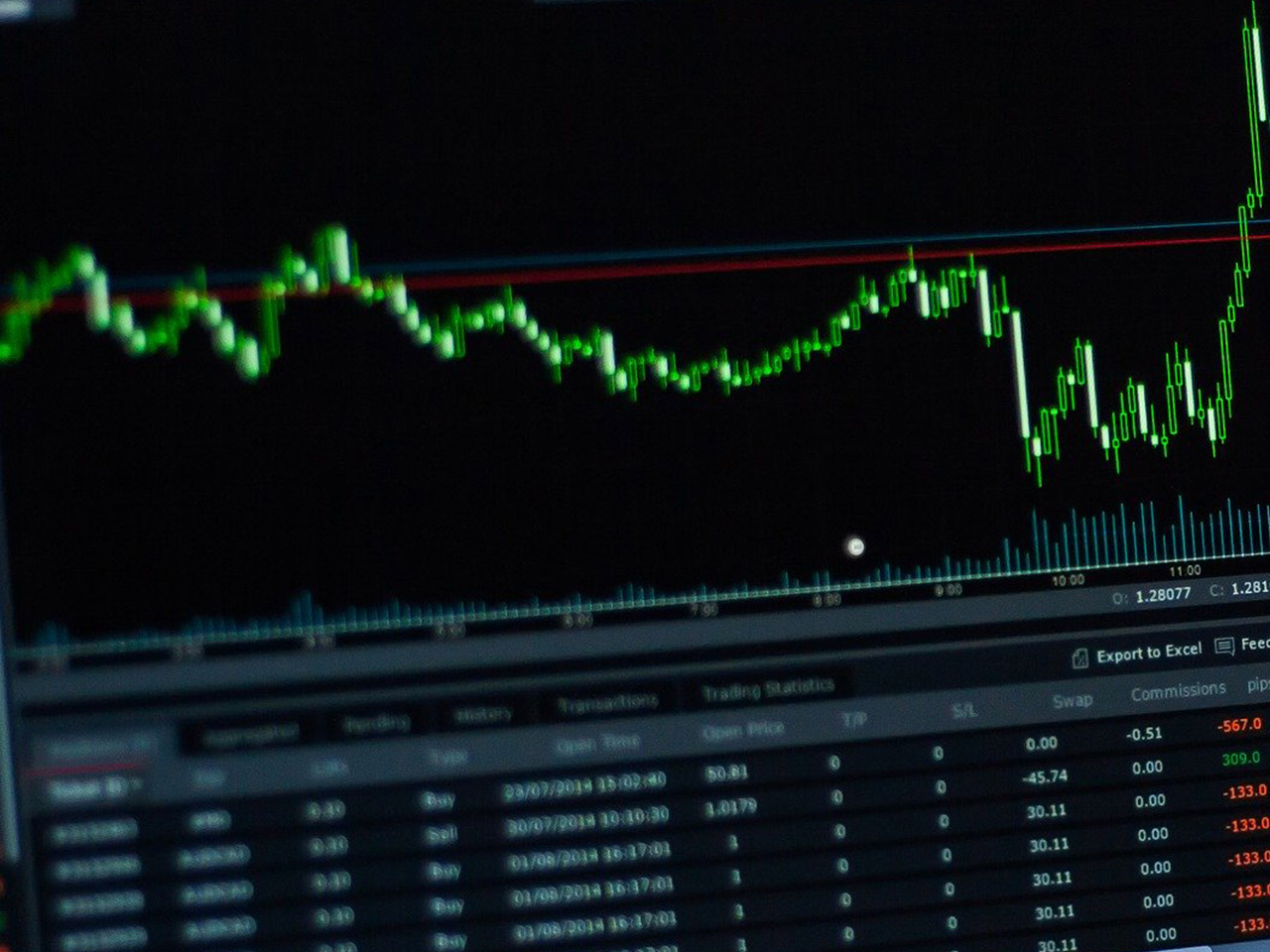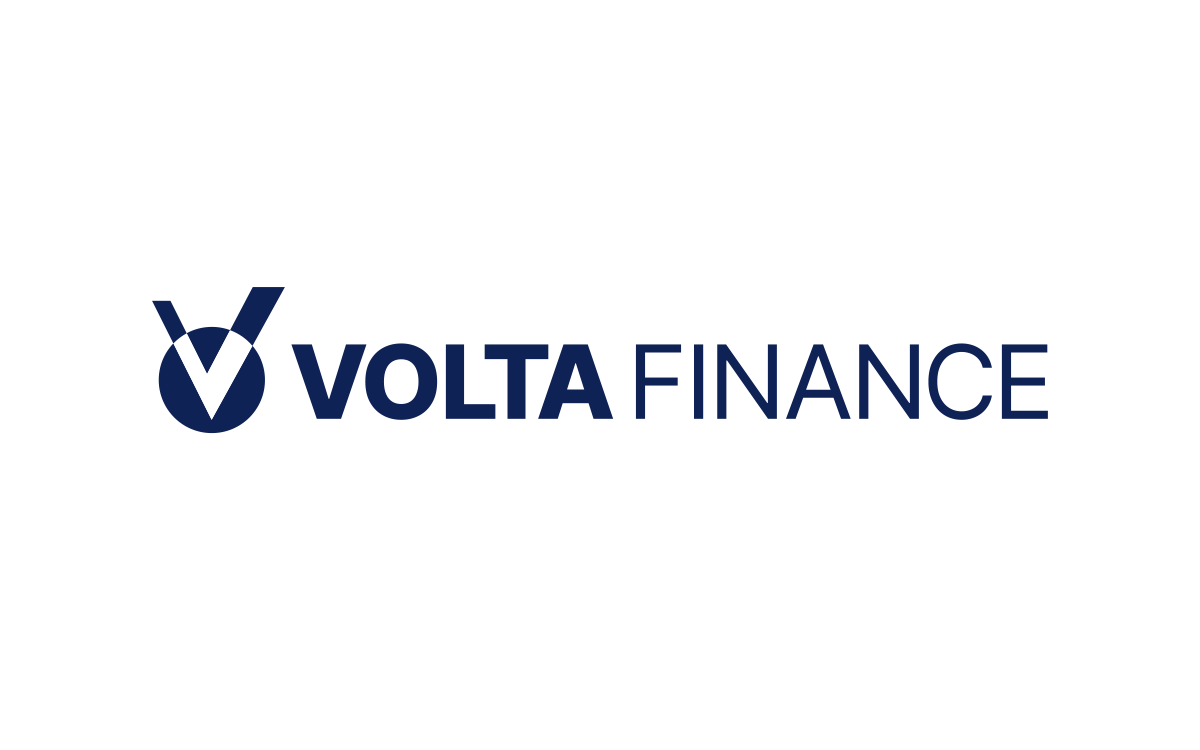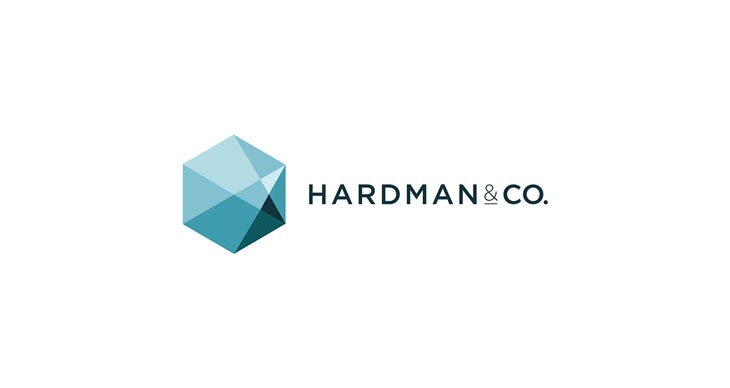Glencore PLC, trading under the symbol GLEN.L, stands as a formidable player in the Basic Materials sector, particularly within the Other Industrial Metals & Mining industry. With its headquarters nestled in Baar, Switzerland, Glencore’s operations span across the globe, engaging in a diverse range of activities from the production and marketing of metals and minerals to energy products. The company is a vital cog in the wheel of global commodity supply chains, serving industries as varied as automotive, energy, and electronics.
As of the latest data, Glencore holds a market capitalisation of approximately $37.86 billion, a testament to its significant presence in the industry. However, the current share price of 318.25 GBp, coupled with a slight price change of -0.01%, reflects a cautious market sentiment. The 52-week range of 230.05 – 437.50 underscores the stock’s volatility and potential for sizeable returns, or risks, depending on market conditions.
Investors looking at valuation metrics might find themselves in a bit of a quandary; many of Glencore’s traditional valuation ratios are unavailable or not applicable. Notably, the trailing P/E ratio is absent, and the forward P/E ratio stands at a staggering 1,002.02, indicating potential future earnings challenges or market expectations of significant profit growth. The absence of PEG, Price/Book, Price/Sales, and EV/EBITDA ratios can make it challenging to gauge the company’s value relative to its peers.
Performance metrics present a mixed bag. A modest revenue growth of 3.10% suggests stability, yet the negative EPS of -0.10 and a Return on Equity of -7.29% highlight the underlying challenges Glencore faces in its financial performance. On a brighter note, the company boasts a robust free cash flow of over $5.65 billion, indicating strong operational cash generation, which is crucial for sustaining dividends and potential reinvestment in growth opportunities.
For income-focused investors, Glencore offers a dividend yield of 2.49%, which is attractive in the current low-interest-rate environment. However, the payout ratio of 131.12% raises questions about the sustainability of these dividends if earnings do not improve.
From an analyst perspective, the sentiment surrounding Glencore is overwhelmingly positive, with 16 buy ratings and only one hold rating, suggesting strong confidence in the company’s future prospects. The average target price of 380.06 indicates a potential upside of 19.42%, presenting a compelling opportunity for growth-oriented investors.
Technical indicators offer some insights into the stock’s momentum. The current RSI of 38.16 places the stock closer to the oversold territory, which might indicate a buying opportunity for contrarian investors. The 50-day moving average of 291.90 and the 200-day moving average of 328.45 provide a view of short-term and long-term trends, respectively, with the stock trading just below the longer-term average, possibly signalling a reversal opportunity.
In a broader context, Glencore’s extensive portfolio in commodities, coupled with its marketing and logistics capabilities, positions it favourably against the backdrop of global economic fluctuations and the ongoing transition to a greener economy. As industries worldwide demand more sustainable resources, Glencore’s role in supplying essential metals for renewable energy technologies could be a catalyst for future growth.
Investors should weigh the potential rewards against the inherent risks, considering both the current economic climate and Glencore’s strategic initiatives. Whether as a long-term hold or a tactical addition to a diversified portfolio, Glencore presents an intriguing proposition in the ever-evolving landscape of global commodities.








































